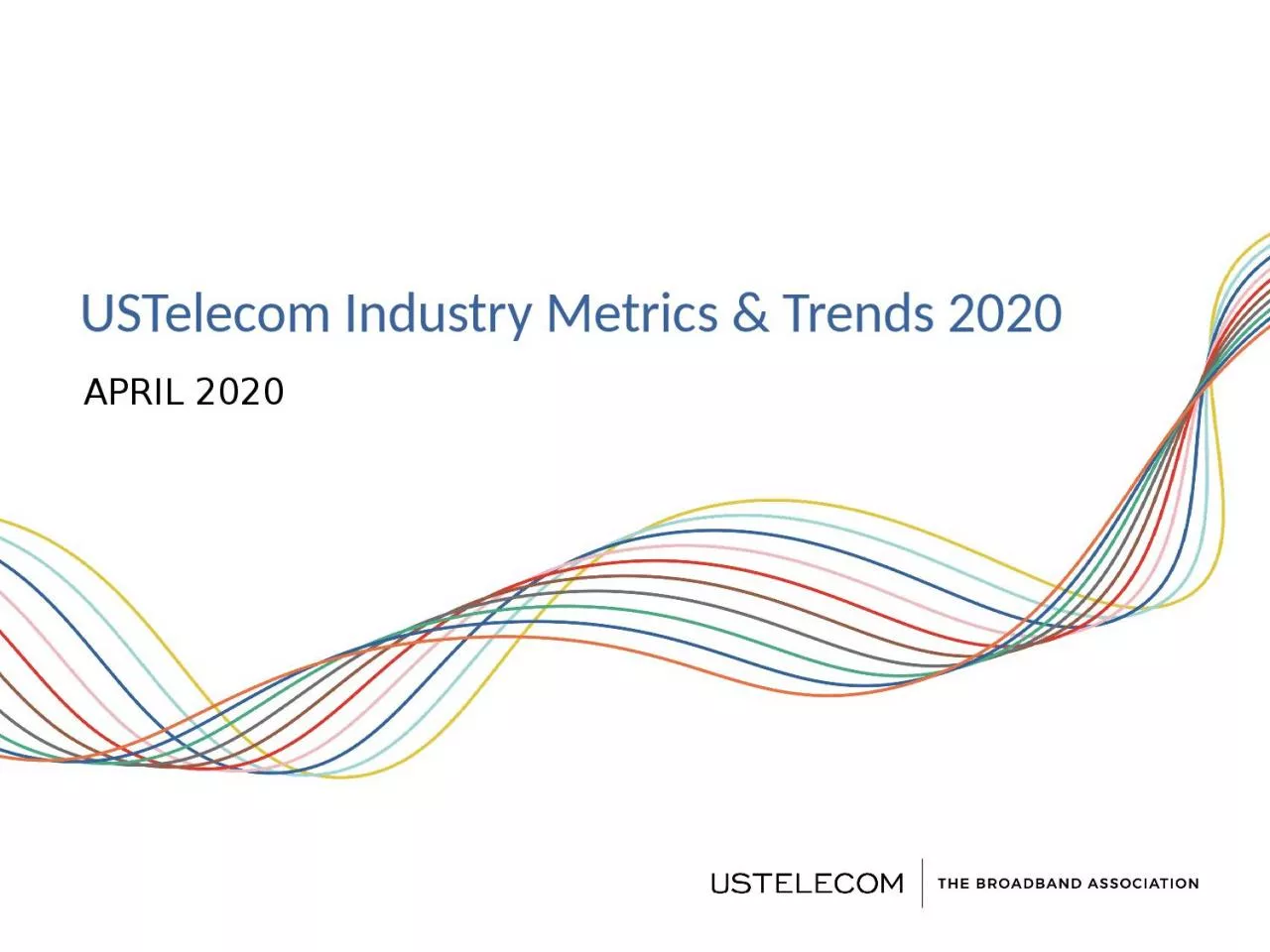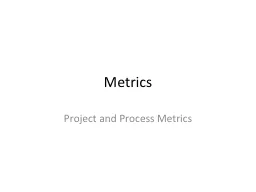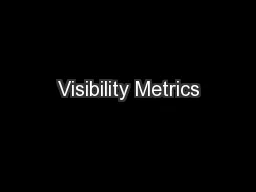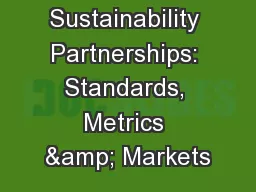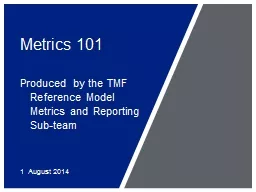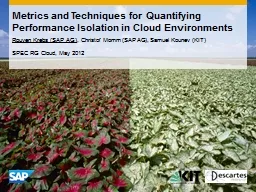PPT-USTelecom Industry Metrics & Trends 2020
Author : Hiphopkid | Published Date : 2022-08-01
APRIL 2020 Contents and Summary Investment drives competition in broadband deployment adoption and innovation A lighttouch regulatory policy environment and targeted
Presentation Embed Code
Download Presentation
Download Presentation The PPT/PDF document "USTelecom Industry Metrics & Trends ..." is the property of its rightful owner. Permission is granted to download and print the materials on this website for personal, non-commercial use only, and to display it on your personal computer provided you do not modify the materials and that you retain all copyright notices contained in the materials. By downloading content from our website, you accept the terms of this agreement.
USTelecom Industry Metrics & Trends 2020: Transcript
Download Rules Of Document
"USTelecom Industry Metrics & Trends 2020"The content belongs to its owner. You may download and print it for personal use, without modification, and keep all copyright notices. By downloading, you agree to these terms.
Related Documents

